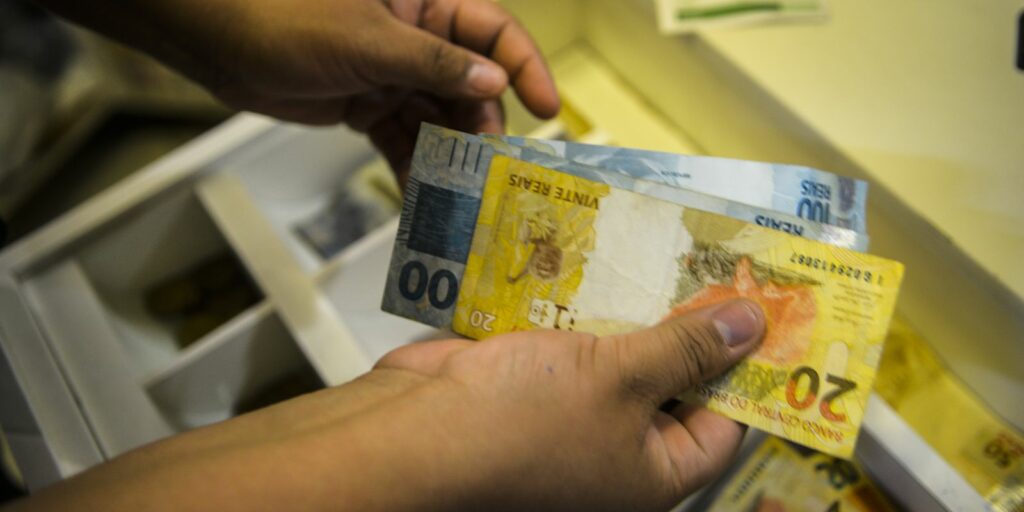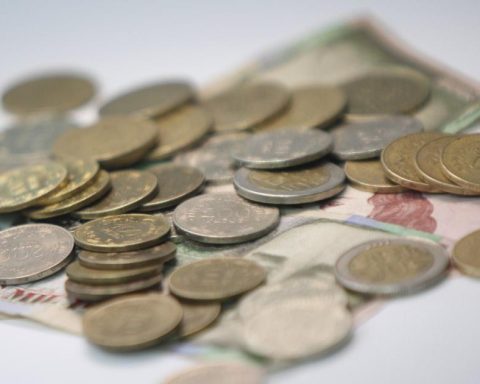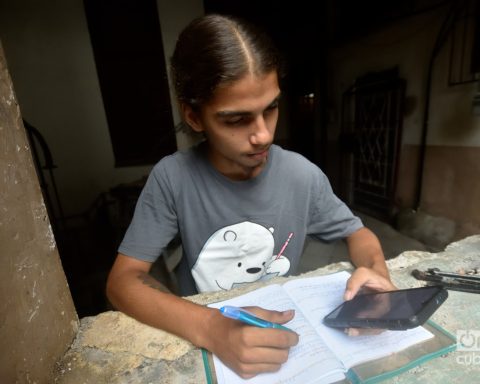Yesterday, the Minister of Economy, Sergio Massa, together with the Secretary of Domestic Trade, Matías Tombolini, launched the second edition of the program Fair Priceswhich, in this instance, will freeze the prices of 1,900 mass consumption items (food, beverages, personal hygiene and cleaning) in supermarkets and hypermarkets and will allow an increase of up to 3.2% in thousands of other products.
In this frame, it is expected that the price gaps between supermarket chains that make up the government program and neighborhood businesses, both retail supermarkets, self-service stores, stores and kiosks, is even higher than that experienced in the last four months, period in which the first was implemented Fair prices.
The Secretary of Commerce reported that this time, wholesale businesses are in Fair Prices, which initially would provide a solution to the inconvenience of the alarming difference in prices for the same items inside and outside the program, which is usually uneven. In the case of personal hygiene, there are products that increased 12% only in January when the program established a maximum of 4% per month.
However, the president of the Chinese supermarket chamber (Cedeapsa), Yolanda Durán, and the president of the Federation of Grocers of Buenos Aires, Fernando Savore, They allege that they do not get the items in the program in wholesale businesses, and in case of requesting them, it is always with a mediator who ends up increasing the value.

What different consultancies recorded according to the price gap is that, firstly, there is a dispersion of values in the products, which directly depends on the prices that local or neighborhood businesses get each time they restock ( inventory). According to the Compass LA Business consultancy, “if one (store) has stock from last month and another from this month, surely there is a difference of 10%, 15% or even 40%, depending on the type of item. There are very large differences between stores that are two or three blocks away.”
Fair prices and school products
The previous version of the Government’s price program was characterized by the gradual incorporation of many more items than mass products, culminating in it, sectors such as fuels, textiles, footwear, strategic industrial supplies and medicines, among others of great relevance.

And this new edition will take the same path, including the stationery sector, school supplies and even increases in private schools. The list of products for the 2023 school year has not yet been released to the public, but according to private sources, it is known that a ceiling of increases of 16.8% is established in March, 3.35% in April, May and June; and 4% in July.

















